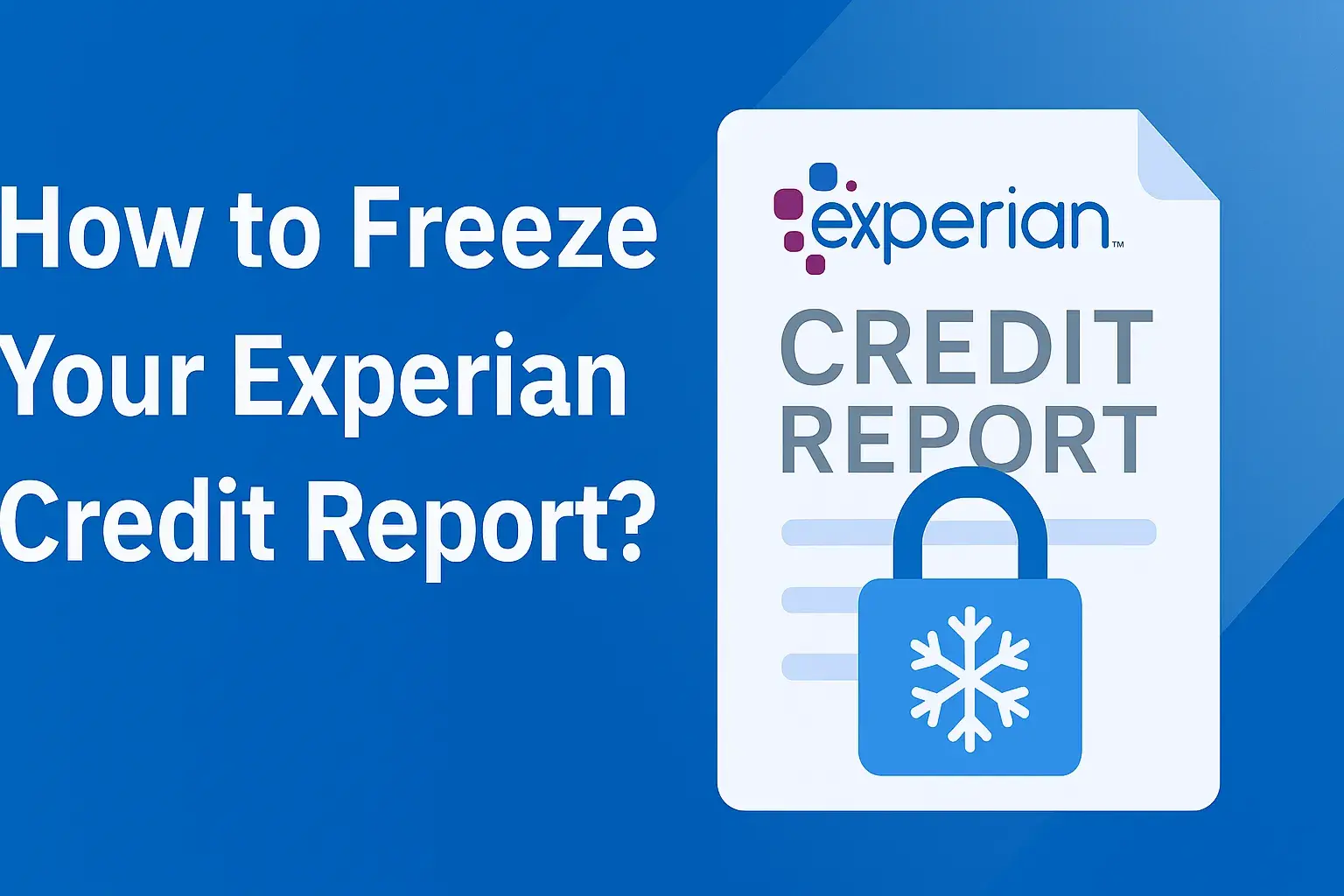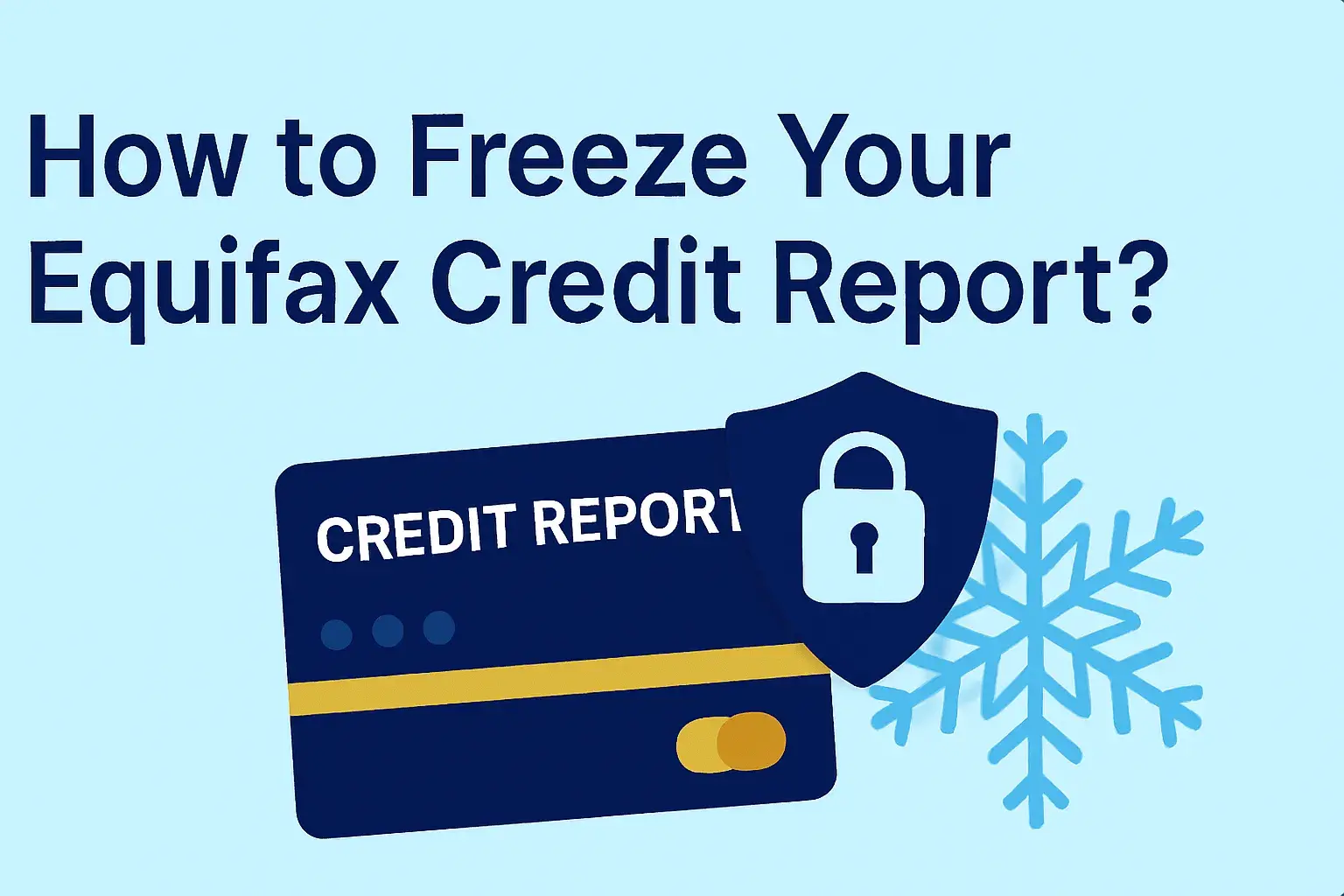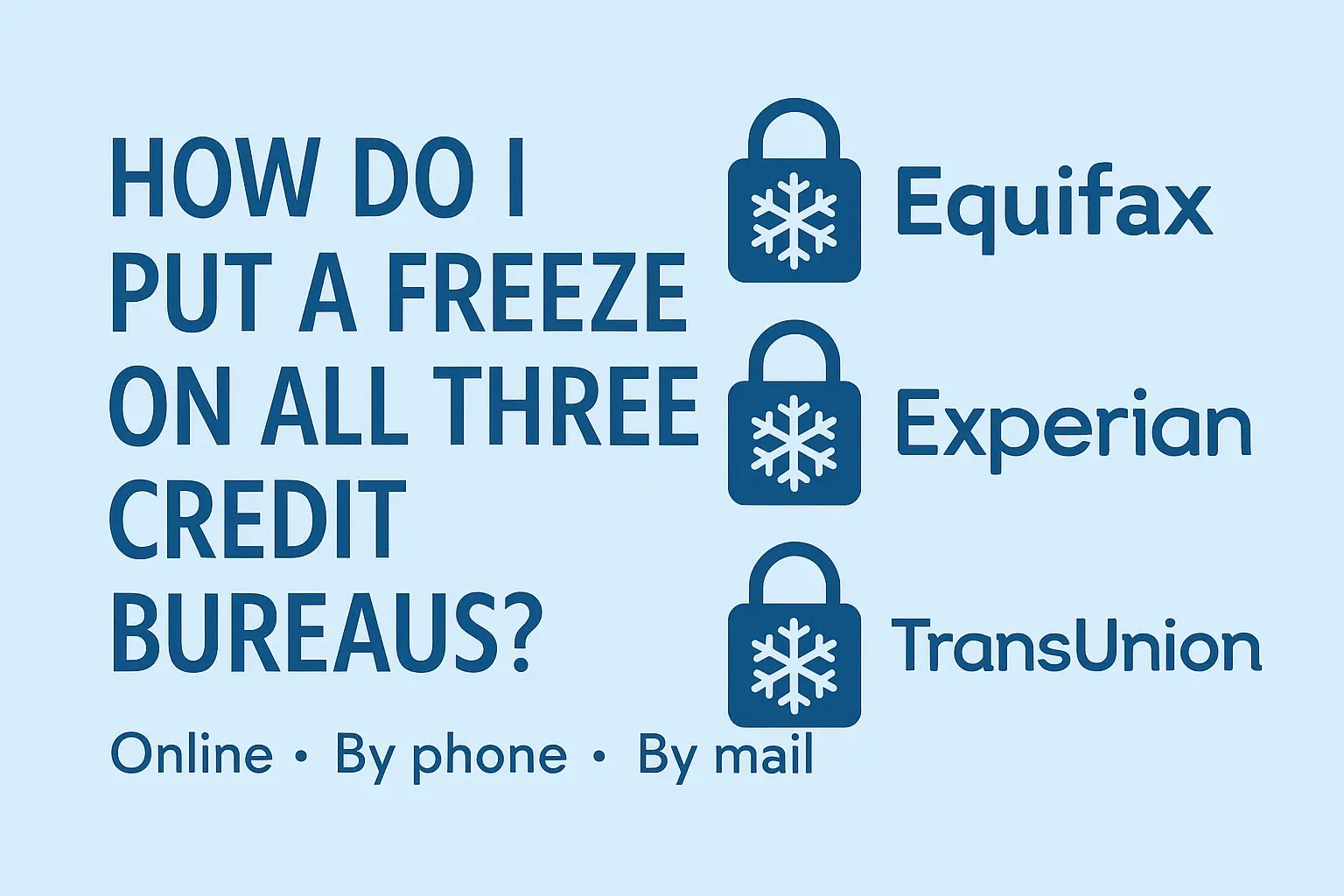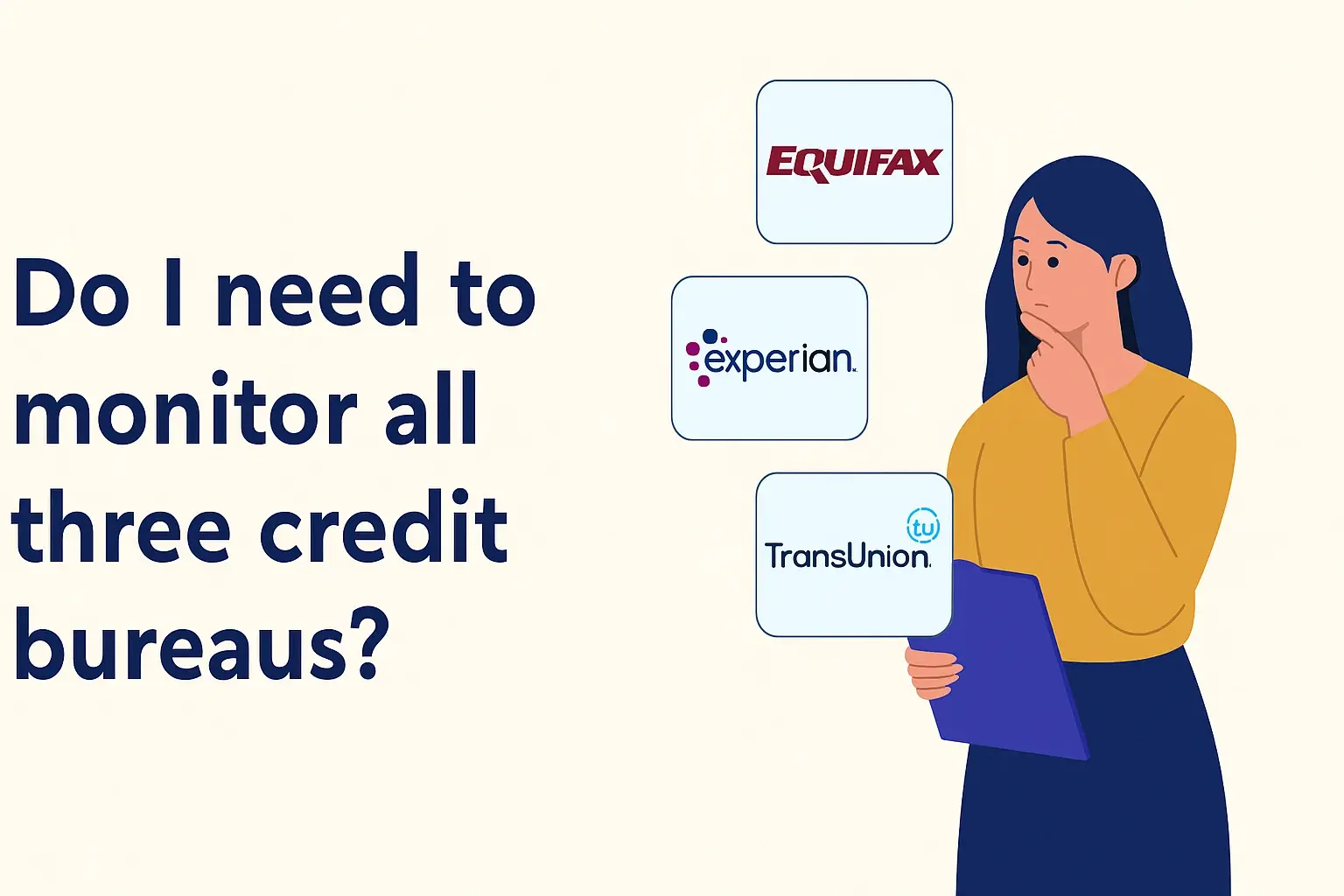-
Posted on: 26 Jul 2024
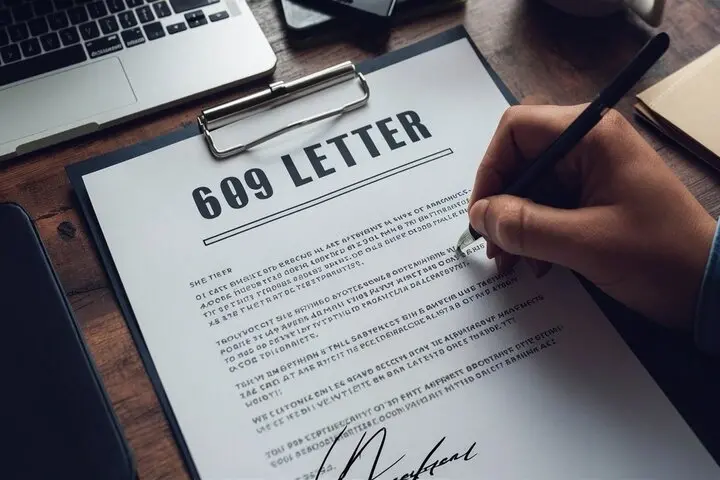
-
Many people think their credit score will suffer greatly if they have missed payments shown on their credit record. Past late payments and default, costs can stay on your credit report for up to seven years. Fortunately, we can release some of these late payments using a 609 letter, effectively negating them. Concerned about six hundred and fifty letters? Here is what you ought to know.
Written by either an individual or a business wishing to have their record deleted from the credit reporting agency database, a 609 Letter is a kind of letter.
A 609 letter is a specific type of letter the consumer can send to the credit bureaus to contest the material in the credit report that might be illegal or that the customer cannot confirm. Section 609 of the FCRA, which requires the bureaus to investigate consumer claims about the accuracy of the information and erase any data that is erroneous, incomplete, or cannot be validated, provides its name.
609 letters reference section 609 of the FCRA and mandate credit agencies to investigate and document the accuracy and completeness of any information challenged within the credit report within 30 days. Should they fail to validate the material within 30 days, they must remove the disputed item from the consumer's credit report. Consumers who have to remove some items lowering their credit ratings may find this helpful.
What are 609 letters meant to represent?
Sending a 609 letter follows these general guidelines:
1. In case you intend to challenge it, review the credit reports you were given to see which of the payments you made showed as late. Regarding the details of creditors, note the name, account number, amount, and date.
2. Write a 609 dispute letter to each of the three main credit bureaus—Equifax, Experian, and TransUnion—going through the procedures. Refer to FCRA section 609 and contest the accuracy of the late payments; they should include a verification.
3. Thirty days from the receipt of your letter alerting the credit bureaus of a mistake to be checked with the creditor to verify that the payments were late.
4. This implies that the late payments in issue have to be removed from your credit record should the credit bureaus fail to offer proof to support the information within 30 days.
5. Using the allotted thirty days, the creditor also gets a chance to verify the accuracy of the recorded late payments. Still, should the late payment specifics be confirmed, they will remain on the record.
After waiting at least thirty days, then retrieve fresh credit reports to verify that late payments have been removed.
Advice on Writing a 609 Dispute Letter
As said already, writing a 609 letter is not that challenging. These are some suggestions:
Make sure the letter is sent to the credit bureau or agencies containing the data you want to challenge.
To find your credit profile, acknowledge your identity and include specifics including full name, birthdate, and SSN.
One could say: Consult section 609 of the FCRA.
One could say: List specifically each late payment you wish to pursue: creditor's name, facility number, amount, and the date the payment was made.
For - Mark the late payments you find and write next to them stating you have solid evidence they are false and you would want them reviewed.
One could say: Tell them you want updated credit reports to verify the erasures once the reference reinvestigations are finished.
She said: - See that some of the credit reports call for disputed goods; circle these.
In - Request certified mail with a return receipt to support the delivery by lettering the same address.You should keep copies of your letter or letters together and documentation of your service. When you phone or mail the creditors about the contested late payments during the bureaus' inquiry, it also helps to speed up the procedure.
Should a 609 letter fail, the following is what can be done:
Sometimes the credit bureaus will challenge and verify the late payments, thus the negative information will stay with you for some period. Should such occur, here are some possibilities:
You can register complaints against credit bureaus if they have not followed FCRA and have not complied with the processes of the 609 dispute.
One could say: If at all possible, send other letters of protest challenging specific methods of verification used and/or providing additional evidence to support your reservations.
She said: - Speak with the credit reporting companies to urge for a form of goodwill—the late payments should be deleted.In particular, Waiting for seven years is among the best strategies since the payments will be immediately deleted from your credit record.
One could say that When you want to challenge unsubstantiated or deceptive information, use a consumer attorney or credit repair firm.609 Letters: Powerful Tools
Delays can cause great annoyance and complicate credit file deletion. Still, 609 dispute letters include legal processes by which the consumers could be able to defend their rights under federal law. As you will see, they can make credit bureaus review the mistakes and improve your credit standing at the end through constant search and strategic disagreement.
Call (888) 803-7889 today to start repairing your credit and securing your financial future!

